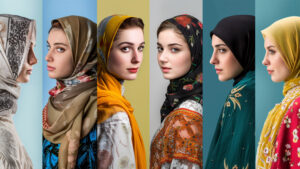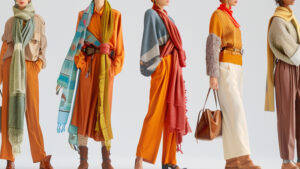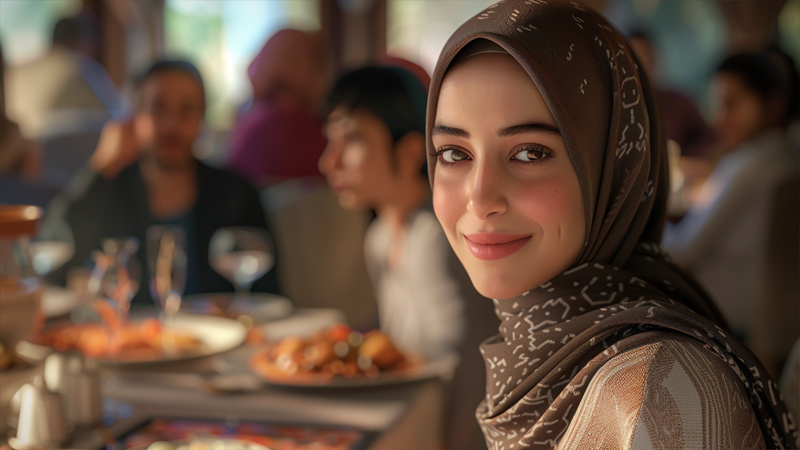
When my 19-year-old cousin showed up to family dinner in hijab1 last summer, my aunt gasped: “But you’re not even engaged!” We all froze—except my cousin, who calmly served the rice.
Yes, unmarried women can wear hijabs. Islamic teachings focus on faith and modesty, not marital status—it’s a personal choice, not a wedding prerequisite.
Let’s unravel this knotty misconception.
How do cultural and religious perspectives view unmarried women wearing hijabs?
“Hijab isn’t a ring—it’s a relationship with God,” my Egyptian friend2 said when she started wearing hers at 16.
Religiously encouraged, culturally variable: Some communities link hijab to marriage, but Islam emphasizes personal readiness over marital status.
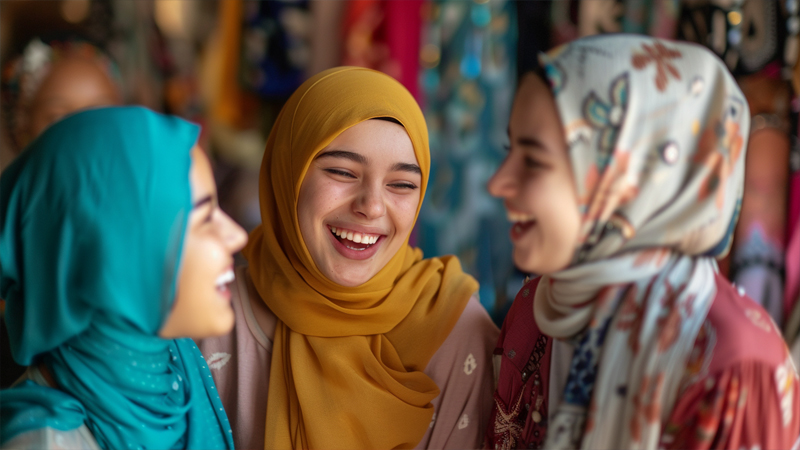
The faith vs tradition tug-of-war
I’ve witnessed:
- Conservative villages where girls don hijab only after marriage
- Progressive cities where teens wear it as spiritual commitment3
My Quran teacher shared this Hadith: “When a woman reaches puberty4, nothing should be seen except this and this” (gesturing to face and hands). No mention of husbands.
| Culture | Common Practice |
|---|---|
| Arab Gulf | Often worn post-puberty |
| Southeast Asia | Sometimes delayed until marriage |
| Western converts | Usually worn when embracing Islam |
In what ways can wearing a hijab serve as a form of personal choice and empowerment?
“My hijab is my voice before I speak,” said my college roommate, who started wearing hers freshman year.
For many, hijab becomes armor against objectification—a declaration of self-worth beyond physical appearance.
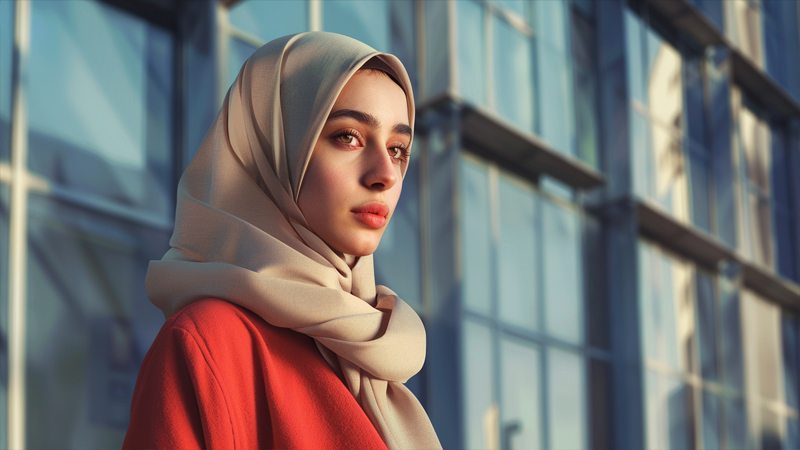
The revolution under the wrap
I’ve watched friends:
- Reclaim space in male-dominated fields5
- Challenge beauty standards6 by focusing on character
- Build confidence through intentional self-presentation
My 22-year-old neighbor Nour says: “When I wear hijab to job interviews, I’m saying: Judge my mind, not my hair.”
What social expectations and norms influence unmarried women’s decisions to wear hijabs?
“But what will people say?” my cousin’s mother fretted. Her father countered: “Let them say you raised a brave daughter.”
Family pressure, marriage prospects, and community judgment often weigh heavier than religious doctrine.
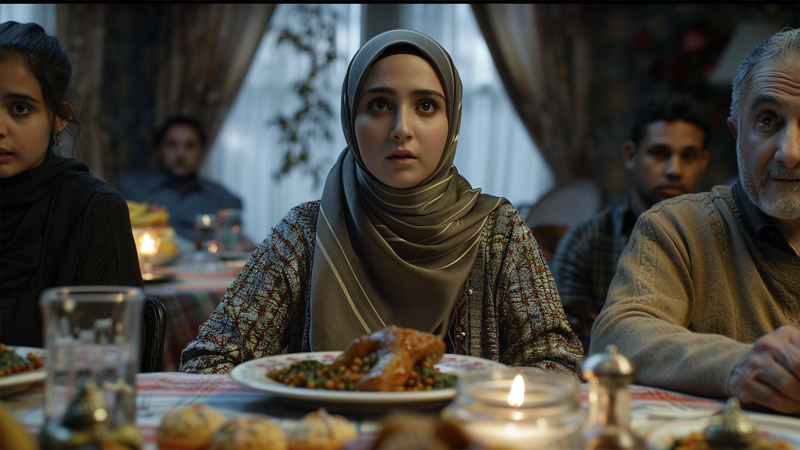
The invisible checklist
In some circles:
- Too young? “She’s being radicalized!”
- Too old? “Why bother now?”
- Never married? “Who’s she dressing modestly for?”
I’ll never forget Layla, 28 and single, being told: “Save the hijab for your wedding day.” She wore it anyway—with scarlet lipstick7 that silenced critics.
What stories do unmarried hijab wearers share about their experiences?
“I’ve had dates walk out when they saw my hijab,” my friend joked. “Good riddance to bad trash!”
Stories range from empowerment to discrimination—but most emphasize pride in choosing their path.
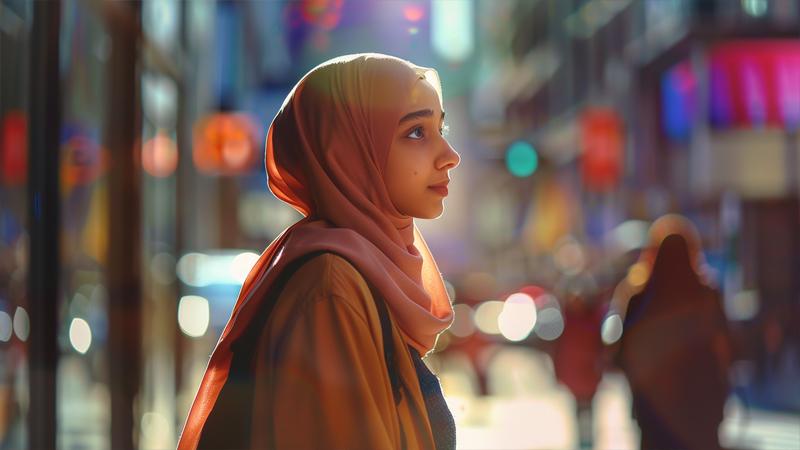
The chorus of uncovered truths
From my interviews:
- Aisha, 17: “Boys stopped catcalling me. I became a person, not a body.”
- Fatima, 29: “My corporate job tried to ‘tone down’ my hijab. I toned up—with bold colors!”
- Sarah, convert: “My family thought I was joining a cult. Now they ask me for style tips!”
When I first wore hijab to a punk concert8 at 20, a stranger yelled: “Nice hat!” I yelled back: “It’s a hijab!” We’ve been friends for 5 years.
Conclusion
Hijab isn’t a spouse accessory—it’s a heart commitment.9 Wear it when you feel ready.
-
Explore this resource to understand how family dynamics and cultural expectations shape the experience of wearing hijab. ↩
-
Exploring insights from an Egyptian perspective can deepen your understanding of hijab's cultural and religious significance. ↩
-
Explore this resource to understand how hijab symbolizes personal faith and empowerment beyond societal norms. ↩
-
Understanding the role of puberty in hijab practices can deepen your insight into cultural and religious perspectives. ↩
-
Explore this resource to understand how women navigate and thrive in male-dominated fields, empowering themselves and challenging norms. ↩
-
Explore how hijab challenges traditional beauty standards and promotes self-worth. ↩
-
Explore how scarlet lipstick can empower hijab wearers, enhancing their confidence and personal expression. ↩
-
Explore how cultural expressions like punk can intersect with personal choices like wearing a hijab, showcasing empowerment and identity. ↩
-
Explore this resource to understand how hijab symbolizes personal faith and commitment beyond societal expectations. ↩

